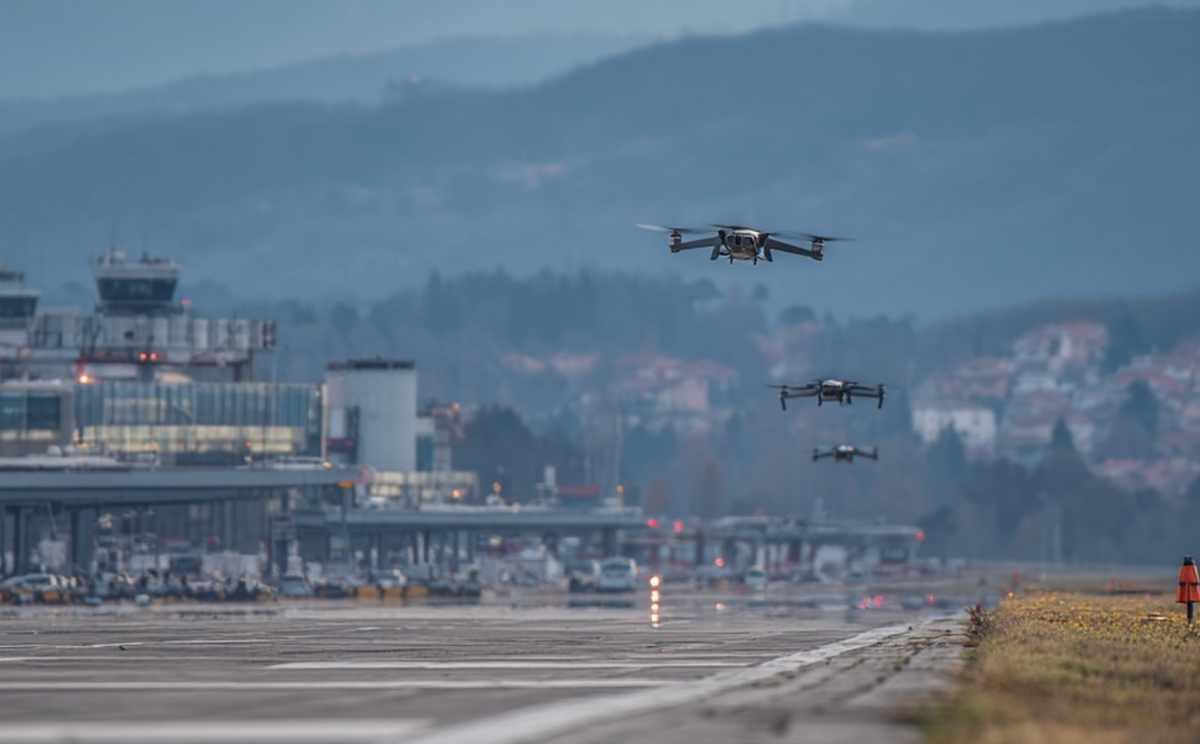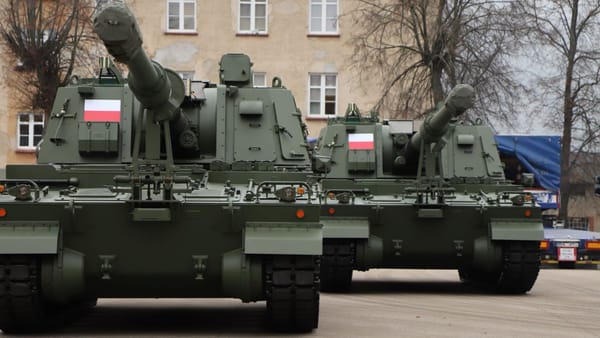Unprepared for the Drone Age: How Sarajevo and Zagreb Face a Growing Threat to Their Airspace
As drone incursions grow across Europe, Belgrade stands out with a functioning defense system. Sarajevo and Zagreb, however, remain vulnerable — lacking both technology and procedures to respond to the new airborne threat.

In recent months, drone incursions have repeatedly paralyzed airports from Munich to Copenhagen, grounding flights and forcing evacuations. The sudden rise of these small, unmanned aircraft — often flown by hobbyists, sometimes by hostile actors — has exposed a dangerous gap in Europe’s aviation security.
In the Balkans, where airports in Sarajevo, Zagreb, and Belgrade handle millions of passengers annually, the threat looms large. Yet their levels of preparedness differ dramatically: Belgrade has already deployed a modern counter-drone system, while Zagreb remains in testing phases, and Sarajevo stands without any dedicated defense or operational plan.
A New Kind of Airspace Vulnerability
Across Europe, incidents involving unidentified drones have triggered temporary shutdowns, flight diversions, and widespread alarm.
Earlier this year, Munich Airport suspended operations for several hours after drone sightings. In Oslo, multiple incursions caused delays that rippled through the continent’s air network.
The pattern is clear: even short-lived drone appearances can cripple entire airports.
In the United States, the Federal Aviation Administration logged over 400 unauthorized drone flights near airports in the first quarter of 2025 alone, prompting strict no-fly zones around major hubs. Experts warn that Europe, and particularly its southeastern corridor, may soon face similar challenges.
Belgrade: A Regional Outlier in Preparedness
Belgrade’s Nikola Tesla Airport stands as one of the rare examples in the region where proactive steps have been taken.
Since 2020, the airport has operated the R&S ARDRONIS system, developed by Rohde & Schwarz, which combines advanced radio-frequency detection, drone classification, and electronic countermeasures.
“The system can identify a drone even before it takes off — by intercepting the control signal between the operator and the aircraft,”
said a European aviation security consultant familiar with the installation.
Once detected, the platform can locate the pilot, jam communication, and force the drone into “failsafe” mode, preventing interference with air traffic.
The Serbian Ministry of Interior has also reportedly procured Repellent Patrol, a mobile Russian-made system for drone detection and disruption across larger distances.
This dual capability — fixed defense at the airport and mobile support units — makes Belgrade a standout case in Southeastern Europe.
Zagreb: Testing, But No Confirmed Shield
While Croatia has signaled growing awareness, Zagreb’s Franjo Tuđman Airport has yet to confirm the deployment of a permanent counter-drone system.
In March 2023, the airport hosted a live demonstration under the EU’s PRAETORIAN project, featuring a mobile unit capable of detecting drones through RF and optical sensors.
The test showed promising results — drones were detected up to 8 kilometers away — but no follow-up announcements as confirmed operational adoption.
The urgency became starkly visible a year earlier, in March 2022, when a Soviet-era Tu-141 reconnaissance dronecrashed in Zagreb after flying undetected across several NATO states. The incident underscored how even high-altitude drones can bypass national defenses — raising broader questions about coordination between civil aviation and military surveillance.
Croatian officials, including the Ministry of Defense, have since discussed enhancing protection for critical infrastructure.
Still, Zagreb Airport remains in a transitional phase — between awareness and action.
Sarajevo: No System, No Procedure, High Risk
Bosnia and Herzegovina’s Sarajevo International Airport faces perhaps the greatest vulnerability.
As of today, the airport has no confirmed detection or jamming systems, and no standardized procedures in case of a drone intrusion.
In a potential scenario — where an unidentified drone enters restricted airspace or flies above the runway — air traffic controllers would be forced to make ad hoc decisions: halt all operations or risk a collision.
Neither option is acceptable in modern aviation security.
Although there are no recorded incidents of drones flying directly over the runway, social media videos show operators piloting drones dangerously close to the perimeter.
Such behavior highlights how easily Bosnia’s most critical air hub could be compromised.





